Today we travel to Paraguay in South America! Once there, we will have delicious, freshly baked Chipafor breakfast. Before I tell you what exactly Chipa are and how you can easily bake them, a few interesting information about cuisine and - of course - breakfast in Paraguay.
Jump to RecipeThe cuisine of Paraguay
Paraguay is located in South America and borders Brazil, Bolivia and Argentina. The cuisine is simple and filling. It is not only influenced by the neighboring countries, but also by the Spanish colonial heritage. In addition, the Guaraní, an Indian ethnic group whose language is the official second language in Paraguay, have given their name to many dishes.
Manioc
The staple food is Manioc, also known as yuca, cassava or tapioca. In Paraguay, the tuber is cooked and served as a side dish. In addition, yummy empanada (Pastel Mandi`) and fried manioc cakes (Pajagua mascada) are made from manioc. Anyone who has followed my blog regularly knows that cassava is also used in Fiji and in many Asian countries, such as Laos Laos, to prepare tasty dishes.
Corn
In addition to Manioc, in Paraguay - like Mexico - Corn or maize flouris often used to prepare tasty dishes such as Sopa paraguaya (Paraguayan soup). However, Sopa Paraguaya is not a soup at all, but a kind of casserole made from cornmeal, cheese, milk and onions. The origin of the misleading name is not exactly known. It is said that one day the personal chef of the former President of Paraguay, Carlos Antonio López, mixed too much cornmeal into the president's favorite soup, made bread out of it and served it as a “strong soup”. The president is said to have been enthusiastic and unceremoniously named it "sopa paraguaya".
Queso Paraguay
Queso Paraguay (Paraguayan cheese, also in Guaraní: quesú paraguái) is a short-ripened, salty cheese made from cow's milk that causes a squeak when chewed. Alternatively,you can use Mozarella, Gouda or Feta (or a mixture of several types of cheese), depending on your personal taste.
Meat
The people of Paraguay are very fond of Meat (especially beef, pork and chicken), either grilled or cooked in a clay oven called Tatacuá .
Dulce
Paraguay is also known for its numerous jams and sweet pastes (Dulce) made from various fruits. You can eat it pure, as a spread or fill pastries with Dulce.
Breakfast in Paraguay
Breakfast in Paraguay is rather small. You are usually satisfied with a Cocido (a warm drink based on mate tea) and a Chipa (a bread roll made from manioc starch, cheese and aniseed):
or a Mbejua flatbread made from manioc starch, cheese and butter. Mbeju tastes just as good on its own (also in the evening with a glass of wine) as it does topped, e.g. with salad, paprika, chicken, etc .:
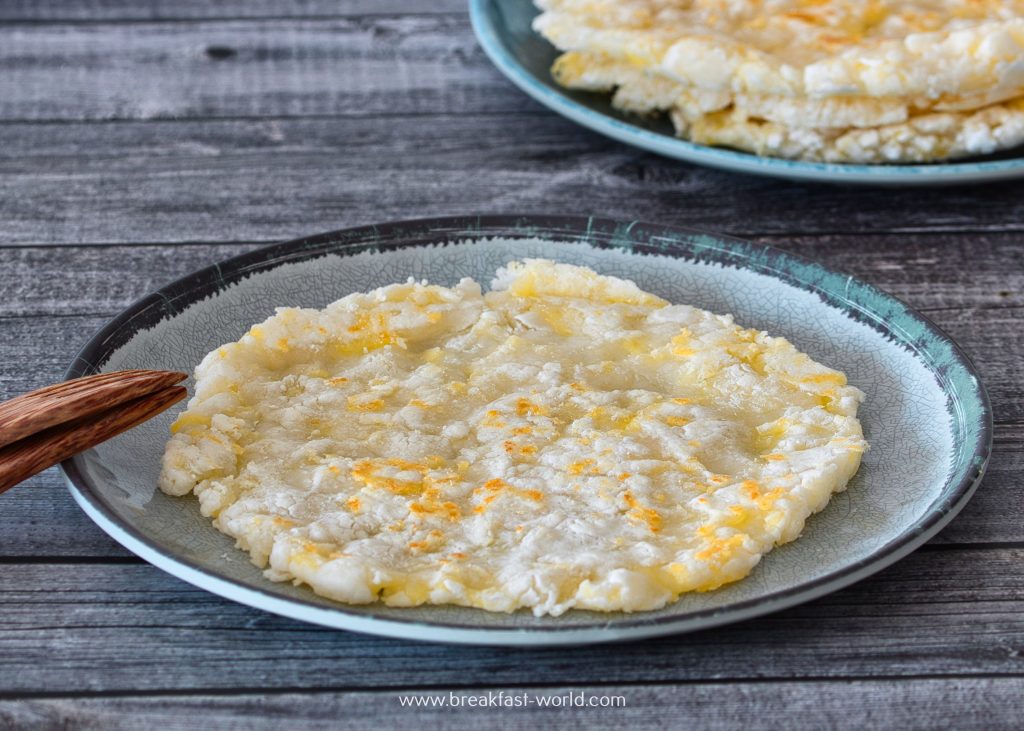

Chipa
In Paraguay, street vendors, the so-called chiperas, sell small round bread rings (Chipa) early in the morning. Chiperas have helped make Chipa a trademark of Paraguay. In Paraguay there is a National Chipa-day every year in August. Furthermore, the city of Coronel Bogado, the capital of the Chipas, hosts an annual Chipa-festival.
The word Chipa comes from the Guarani language and means: cake or bread. Chipa consist essentially of manioc flour, grated cheese, eggs and aniseed. Many recipes (including today's one) also use corn flour.
Meanwhile, there are more than 70 different types of Chipa, which vary in shape and preparation. The best known arechipá manduvi (with corn flour and peanuts), chipá guazú (more like a flat cake made from milk, fresh corn and cheese), chipa so’o (made from corn and with a meat filling) and chipa chamaú (made from manioc and grated coconut).
Today I'll tell you my favorite recipe for very simple and classic Chipa with manioc and corn flour. You can get manioc flour/starch in shops with Latin American foods and Asian supermarkets. Fine cornmeal is available in supermarkets as well as in organic or drug stores. It is important to know that Chipa are naturally relatively dry. Thus, if you prefer soft bread/rolls, you can reduce the baking time by a few minutes. Furthermore, Chipa should be served immediately. Even if you bake them in the morning and serve them the same evening, they no longer taste fresh.
I like Chipa best pure with a cup of strong coffee or spread with butter and jam or with a hearty topping, e.g. salted cucumber and radish slices.
But now it's your turn!
I wish you a lot of fun baking and eating!
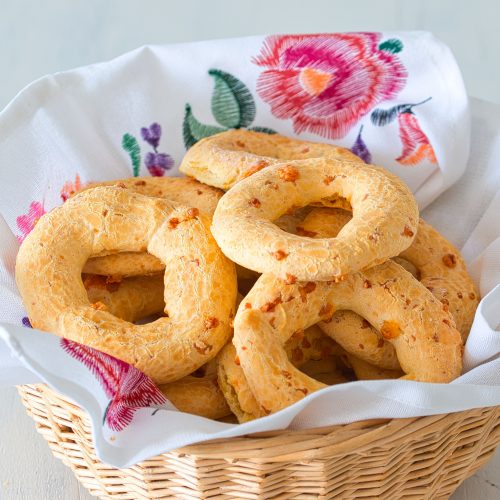
Chipa
Zutaten
- 300 g Tapioca starch*
- 120 g corn flour**
- 110 g butter
- 3 eggs
- 200 g Queso Paraguay (alternatively e.g. mozzarella and Gouda in a ratio of 1: 1)
- 1 tsp. Aniseed ()
- 1/2 – 1 tsp. salt
- 100 ml milk
Anleitungen
- Preheat oven to 220 degrees.
- Beat the butter and eggs with a mixer until fluffy.
- Tapiokastärke, Maismehl, Salz, Anissamen, geraspelten Käse und Milch hinzufügen. Zu einem kompkten Teig verkneten.
- If the dough is very sticky, so that it cannot be easily divided into pieces, add a little more flour (1 - 2 tbsp).
- Divide the dough into 16 pieces (balls) and cover and leave to rest in the refrigerator for 20 minutes.
- Roll each ball into a 15cm long chain (approx. 1cm diameter) and shape it into a circle. Press the ends together well.
- Place the chipas on a baking sheet lined with baking paper and bake for about 15 minutes until light brown.
Notizen
If you like this post, I look forward to a rating (star bar) or a nice comment!
Thanks a lot!
Perhaps you would also like to subscribe to my page. If so you will be regularly informed about new posts.

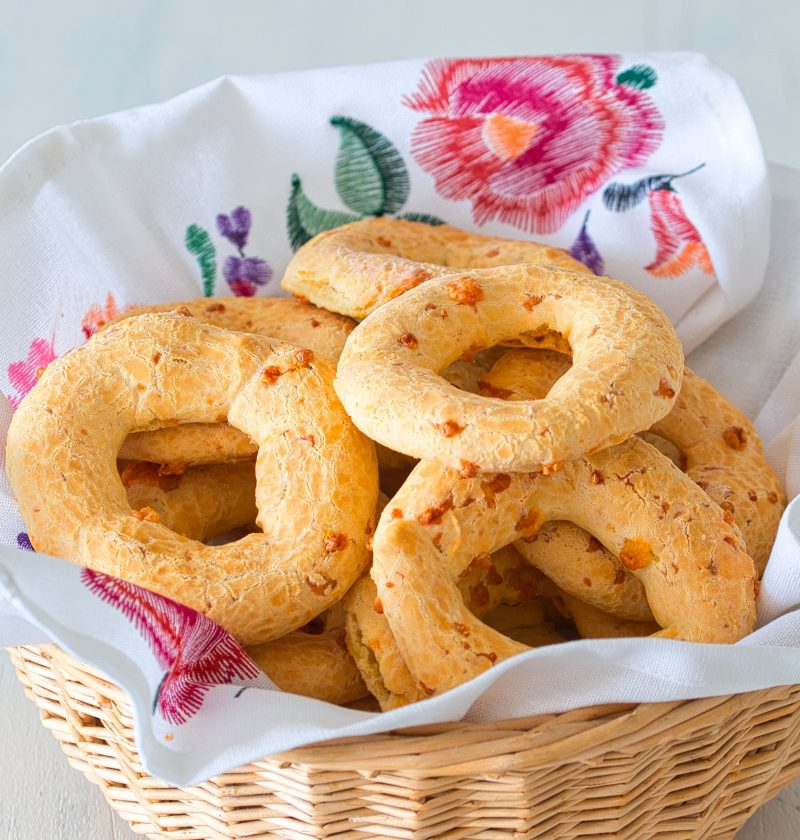

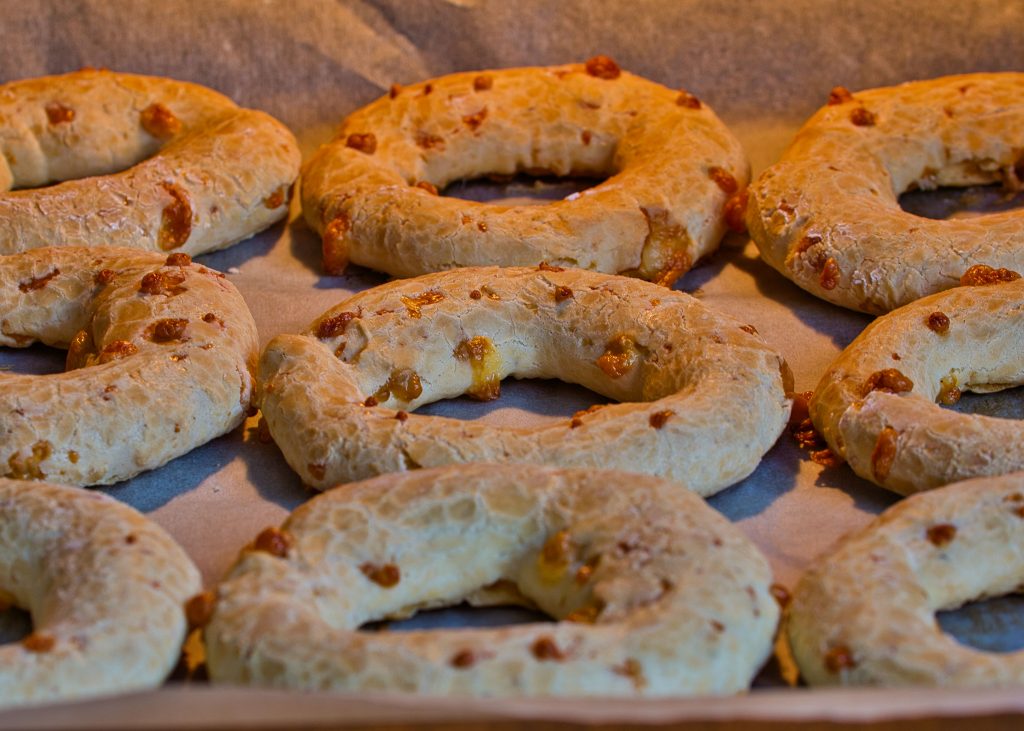
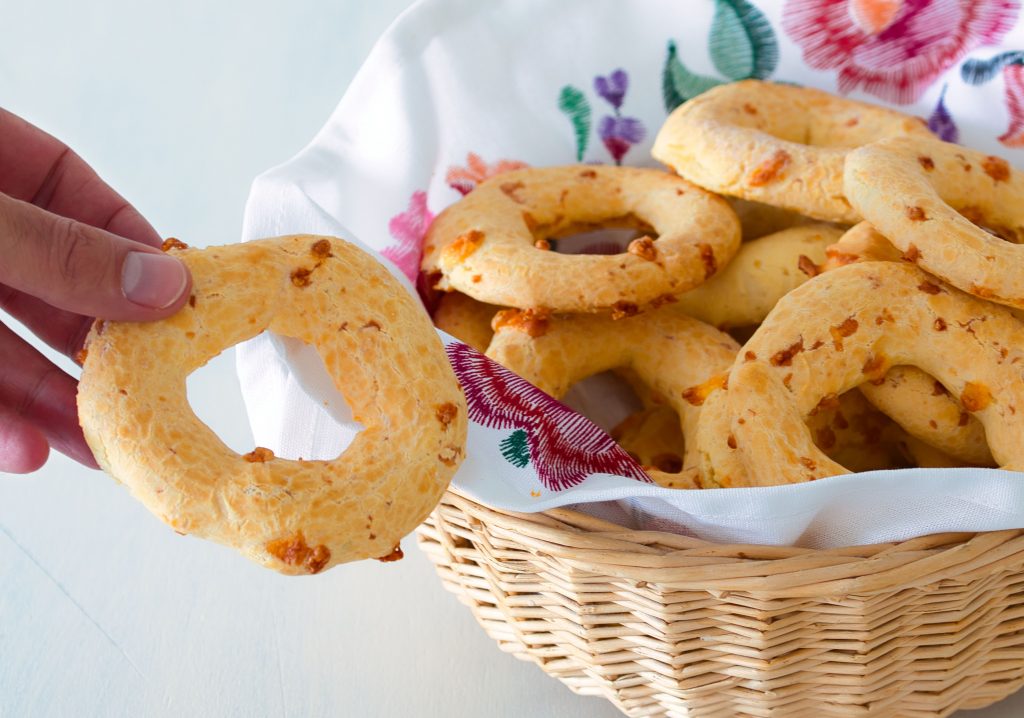
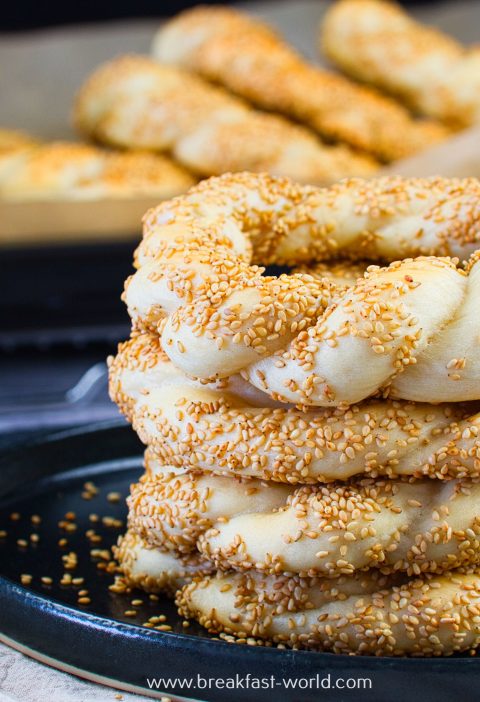
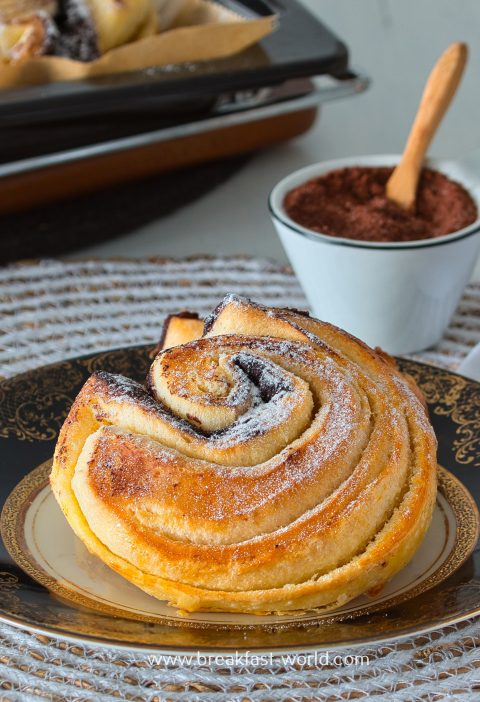



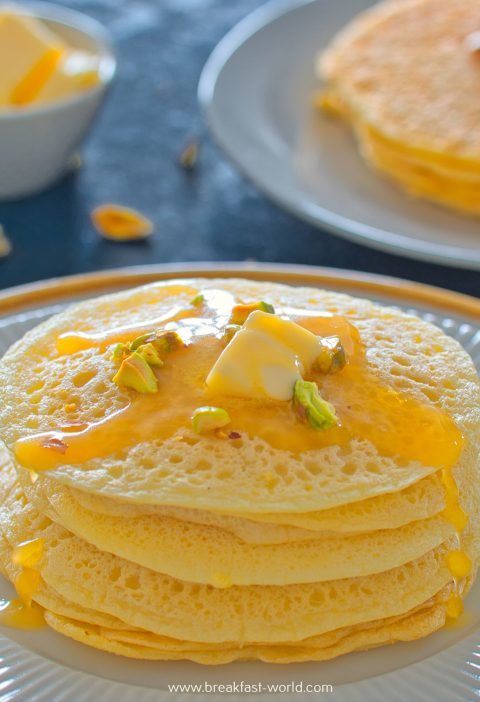
Thanks for some other excellent post. Where else could anyone get that kind of info in such an ideal approach of writing? I have a presentation subsequent week, and I am on the search for such info.
Thanks for ones marvelous posting! I genuinely enjoyed reading it, you might be a great author.I will make certain to bookmark your blog and will come back later on. I want to encourage you continue your great posts, have a nice day!
Magnificent site. A lot of helpful info here. I am sending it to several pals ans also sharing in delicious. And certainly, thank you in your sweat!
excellent post, very informative. I wonder why the other experts of this sector don’t notice this. You should continue your writing. I’m sure, you have a great readers‘ base already!